
Judy Garland as Vicky Lester in the film "A Star Is Born"
in the fabulous Mid Century Malibu living room set
designed by Gene Allen and decorated by George James Hopkins

the Haines legacy by faithfully reproducing the original Haines furniture designs -
Peter Schifando and J. Jonathan Joseph are extending
the Haines aesthetic with painstaking accuracy
and fulfilling the current demand for Hollywood Regency design
I have been watching television, and the other day the old movie "A Star Is Born" came on. There are three versions - one from the 1930's with Janet Gaynor and Frederic March; one from the 195o's with Judy Garland and James Mason; and the third from the 1970's with Barbra Streisand and Kris Kristofferson. I watched the one from 1954.
The other star of this movie, is the fabulous set design. The Malibu home of the newly married Vicky and Norman (Judy and James), is an ode to the best of Mid Century Modern.
The influence of Billy Haines is attributed, though I see alot of Tony Duquette influence as well. It's all very swell and grand and fun, and it is the image I hold in my mind as the essential version of Hollywood glam, only to be compared to the great Art Deco Moderne sets of the 1930's Astaire and Rogers films.
As usual there are not many film stills or photographs of this important set design. So you must rent the movie and see it for yourself.
I like to play a little game with film sets I like. The game is, could I recreate it (money no object). I made a list of the things I saw, and started looking on the Internet, the best place to shop. Of course you can find nearly everything, if not the same designs, certainly one can find pieces of similar look and era and pedigree. So I put together a little photo essay with some of the things I found including rooms by Billy Haines and Tony Duquette. While searching I found an excellent article about the interior design done for the film at Jet Set Modern HERE
Below is an excerpt, along with photos of various sites I scouted online to build my dream A Star Is Born living room.
Gene Allen was tapped to design the sets, George James Hopkins to do the set decoration, and George Hoyningen-Huene to consult on color.
The Malibu location specified in the story was already known to audiences as a scenic, desirable place to live, and the house could be showcased in a production number planned for the movie. Titled "Someone At Last", it was the last section of the movie that could be considered lighthearted; the story careened into its darkest territory after the number ended.
Set designer Gene Allen took his cues on building the house from several sources. There was his own familiarity with how movie stars lived. He had seen the Case Study Houses being built in Los Angeles. And he knew just how far he could go with lavishness, because he worked for Jack L. Warner.
Warner had one of the finest estates in Hollywood- nine acres landscaped by Florence Yoch, who had landscaped Tara for Gone With the Wind. The house itself could only be called magnificent; it had been decorated by the most expensive interior designer in Hollywood, Billy Haines. 
Note the Chinoiserie wallpaper on the right
Done in an eclectic mixture of Georgian, Chinese, and Billy Haines-designed moderne, the décor was the most famous in town. Gene Allen appropriated several Haines "touches" for his set design; the borrowings were necessary because using Haines himself was out of the question.
The first reason was that Billy Haines was considered pricey even by the standards of a town where money flowed like water. The second was that Haines had had a taste of working in the movies, and wasn't interested in going back to them. He'd been an M-G-M star back in the silent era, becoming very popular and doing excellent work, notably in 1928's Show People, with Marion Davies. His performing career ended over his personal life: Haines was gay, and he didn't care who knew it. M-G-M head Louis B. Mayer did care, and dumped Haines at the first slump in his box-office popularity. Unfazed, Haines drew on his established talent as a decorator- his own house was the most beautiful in town- and built a whole new career. Gene Allen emulated the chinoiserie Haines had sold Warner, as well as the mogul's private projection system, with a screen that rose from the floor, assisted by a water-powered pump. In addition to paying homage to Haines' work for Warner, Allen also may have been inspired by a house Haines had decorated for Fox mogul William Goetz and his wife Edie, who was, curiously enough in view of Haines' movie-career downfall, Louis B. Mayer's daughter. The Goetz residence had glowing light-grey walls, modern furniture, and a collection of Modern and Impressionist art so extravagant it encompassed Picassos and Renoirs.
A room by Tony Duquette, using the same elements of Impressionist art,
glowing grey walls, Chinoiserie, modern furniture,
that inspired the decor in the film
More Duquette Hollywood Glam

The chairs appear to be the Knoll version, but the ottomans are clearly copies, perhaps to lighten the weight Judy Garland would have to handle as she moved them during the sequence. In addition, the chairs are obviously re-upholstered; the cushions are not as well detailed as original Knoll cushions would have been, appearing somewhat overstuffed. This was probably due to Hopkins' choice of white for their color. The furnishings were complimented by Impressionist and Modern art that included a real Maurice de Vlaminck painting, and by some Chinese pieces that included a lamp and a T'ang Dynasty camel sculpture.
Chinese camels turned into lamps at istdibs with politically correct shades
To complete the set, Hopkins found many small accessories that looked perfectly appropriate and innocuous, but which would become props for Judy Garland's send-up of M-G-M musical production numbers.
The problem was that it served as the setting for "Someone At Last"; in that song, Judy Garland performed a delicious spoof of all the M-G-M musical numbers she was famous for, creating the fantasy that the room and its furnishings had become the ultimate Hollywood soundstage. Everything in the room had to support the premise, and serve the number's action.
And how well it all worked! "Someone At Last" began with Garland calling "Lights! Camera! Action!" as she swiveled the Arteluce lamp's arms into position for lights,
 Arteluce lamp like the one Judy used-you can get it on istdibs
Arteluce lamp like the one Judy used-you can get it on istdibs
rolled her tea cart into the shot to serve as a "camera",
Vintage tea cart on eBay HERE
and swung into the action of the number. As the music played on a Fifties hi-fi system built into a chinoiserie cabinet,

Two hi fi cabinets - the top one is by Tommy Parzinger
the bottom one is unsigned - both are for sale at 1stdibs
and the CinemaScope cameras played lovingly over the expansive set, Garland lip-synched, and simulated everything found in a Hollywood production number with what was to be found in the living room. One of the Barcelona ottomans was stripped of its cushion so that its straps could be played as a harp 
Barcelona chair like the ones used in the set design -
you can see why the structure of the chair would lend itself
to being imagined as the harp Judy played
("there's always a harp in a dream sequence!"), and the Dunbar table and chairs became the Eiffel Tower for a lampoon of Edith Piaf. Garland plucked two leaves from a philodendron in a bullet planter
to use them as a stripper costume, holding them to her bosom and then dropping them in a merciless send-up of every bored blasé strip-tease "artiste" who ever was. Since 1954 was not a politically correct era, the number included Judy as a Chinese girl in a coolie hat improvised from- of course- the coolie lampshade from her Chinese lamp. The room's tiger-skin rug became a tiger costume for Garland in an African-inspired moment. Even the sofa pillows got into the act: 
Multi color pillows in a Tony Duquette room
very much like the ones Judy played with
Judy used a striped bolster as a concertina and a ruffled pink pillow as a can-can skirt. A pair of salt and pepper mills on the tea cart became maracas for the "Brazilian" part of the song. At the end of the sequence, Garland and Mason barricaded themselves into a fort devised from the Wormley sofas (like the ones pictured below currently on 1stdibs; also pictured is a pair of Billy Haines sofas that also look very much like the sofas used in the movie, and they are also on 1stdibs) and shot it out with imaginary bad guys in a Wild West bit.
James (as Norman) and Judy (as Vicky)
sitting on the Dunbar sofas -
note the color toss pillows
Top photo below shows a pair of Billy Haines sofas
that look very much like the ones in the movie
The second photo is a Dunbar sofa both are for sale on 1stdibs
The third photo is a current Billy Haines sofa made for William Haines Designs
The most inspired moment may have been when James Mason manipulated the controls of the room's private movie projection system, making its screen rise from the floor and its projector run without film. Garland cavorted in front of the screen; the flickering, strobing beam from the projector made her look as if she was performing in a silent movie.
I leave you with one last photo of Judy rehearsing the big living room number -
It shows the fabulous drapes and a bit of the Arteluce lamp
casting a shadow in the left hand corner






















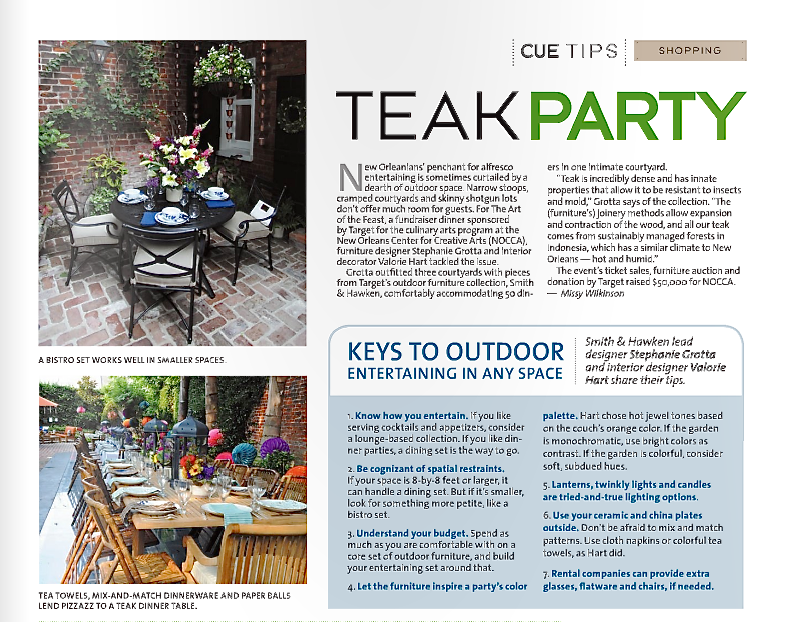




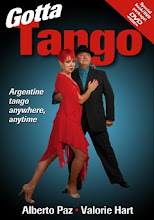












































































































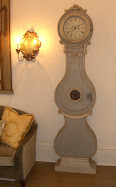.jpg)









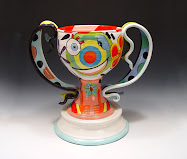
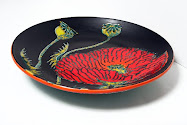

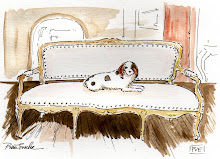



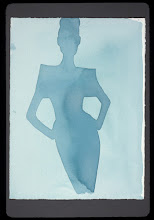

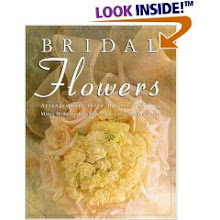
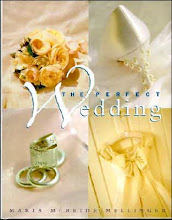


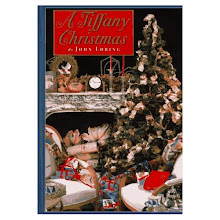
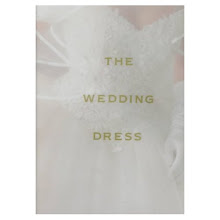
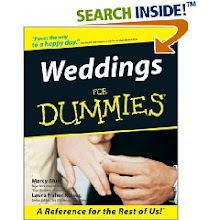


4 comments:
Valorie, Great to see you back. All this mcm stuff is SUPER. I fear I am more mid-century kitsch, but still love the mcm.
Hope things are going well for you and that your blog break was from being happily busy rather than any problems.
You were missed! OldHouseJunkie
A truly terrific post. I have not seen the movie, but it is now on my short list. Thanks for the Hollywood history as well. As an old movie buff, this was a treat.
Nice posting... love movie decor!
Good to see you back online!
Why are you copying research and work another person did for another blog? What purpose does your copying serve?
It is lazy and unethical.
Do you ask permission before copying other people's work?
Post a Comment